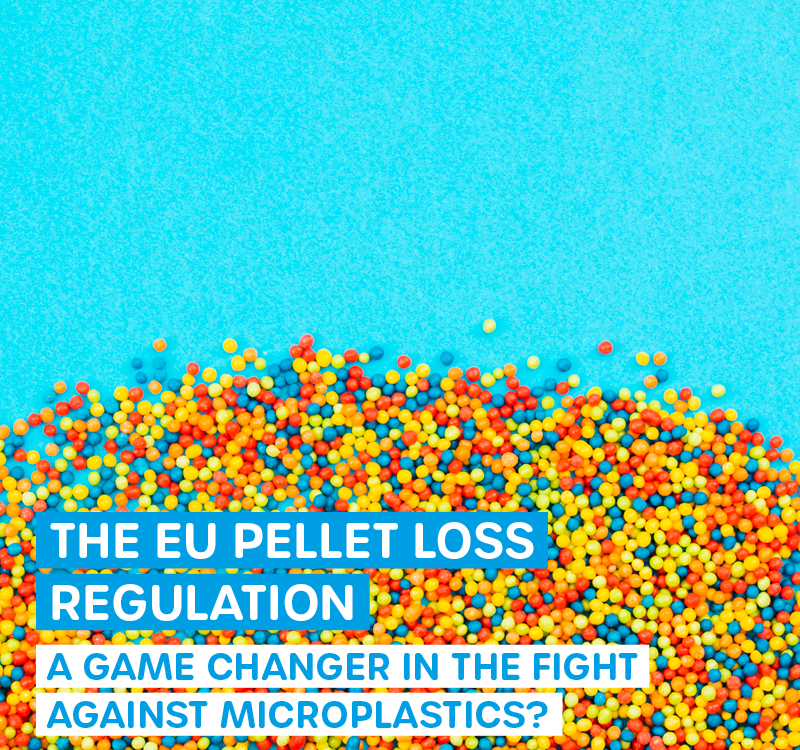
Our path to comparable microplastics data
26. July 2025
Microplastics Analytics Reality Check
30. July 2025Global Map of Microplastics: The power of citizen science for comprehensive water monitoring
Microplastics have become one of the biggest invisible environmental problems of our time. From the Arctic to the deep sea, from the Danube to Mount Everest - these tiny plastic particles have long since reached all areas of our planet. Scientific studies show alarming concentrations: While an average of around one microplastic particle per liter can be found in the sea, concentrations in river systems are increasing dramatically. Values from 1,033 to 8,333 particles per cubic meter were measured in Chinese waters; comparable values were detected in European rivers.
Particularly alarming: microplastics have already been detected in human blood, the placenta and even in breast milk. The effects on our health have not yet been fully researched, but current studies show worrying impacts: oxidative stress, inflammatory reactions, potential impairment of the endocrine system, and a possible increased risk of cancer.
The Global Map of Microplastics: A revolutionary approach
Faced with these challenges, the innovative company Wasser 3.0 has developed the first interactive map that displays levels of global microplastic pollution in water bodies. The Global Map of Microplastics represents a paradigm shift in environmental monitoring: It combines scientific excellence with the power of citizen science.

Anyone can contribute data points from their immediate surroundings to the Global Map of Microplastics using the analytic kit. This standardized data collection and immediate data visualization is made possible by the Wasser 3.0 app. ©Wasser 3.0
How standardized data collection and citizen participation are revolutionizing the fight against microplastics and why comprehensive data collection is crucial
Microplastics research to date faces a fundamental problem: a wide variety of sampling and analysis methods are used, making it almost impossible to compare the results of different studies. As a comprehensive literature analysis of European rivers shows, there is currently a lack of standardized research methods for assessing microplastic concentrations. At the same time, commonly used methods are time-consuming and depend on expensive and complex measuring equipment.
A crucial aspect for the assessment of microplastic pollution is the spatial distribution: studies show clear differences between urban, agricultural and mountainous areas, with the highest concentrations being found in the most urbanized areas with high wastewater volumes.
This is where the innovative Wasser 3.0 concept comes in: Novel fluorescent markers and a standardized procedure for sampling, sample preparation and microplastic analysis enable rapid data collection. This standardization is the key to obtaining comparable, scientifically valid data on a global level.
Citizen science: the democratic revolution in environmental research
Citizen science is not new, but has taken on a new dimension in modern times: Digital technologies have created new opportunities to participate in research processes regardless of location. Worldwide, decision-makers and non-governmental organizations are increasingly using citizen scientists to improve their ability to monitor and manage natural resources. The Global Map of Microplastics makes optimal use of these opportunities: anyone can contribute tot he collection of data in their immediate surroundings.
Studies show that citizen science is particularly effective when communities of participants develop their own research questions and create projects to tackle environmental or health problems. This strengthens scientific capacity, social capital, and the inclusivity of local decision-making.
Standardization as a success factor
What makes our microplastic monitoring particularly valuable is its consistent standardization. Standardized measurement protocols have been created and validated over many years of research projects, which are therefore tried and tested in practice and provide comparable data. These protocols can be downloaded free of charge from the homepage and explain the procedure step by step with the help of graphical representations.
Educational potential: school projects and youth research
Microplastics in school research
The standardized approach of Wasser 3.0 opens up enormous potential for educational projects. Youth research projects are already showing remarkable results: Leonard and Angel proved that artificial turf on soccer pitches releases microplastics into the environment, while Joy Anders from Süßen used meticulous laboratory work to prove that there are microplastic particles in quite a few cosmetics.
Educational offers from Wasser 3.0
For schools and non-profit organizations, Wasser 3.0 offers the analytics kit including microplastics analysis in the laboratory and data provision in the Global Map of Microplastics for € 225.00. This subsidized price makes high-quality science accessible to educational institutions.
The Wasser 3.0 app bundles knowledge and action for water without microplastics and, in addition to knowledge transfer, offers the opportunity to participate directly in microplastics mapping.
Successful citizen science models
The effectiveness of citizen science in environmental monitoring has been scientifically proven: Targeted communication strategies and the right approach to specific target groups can significantly improve the recruitment and engagement of participants as well as project management. Established projects already demonstrate the potential: The Citizen Lab for Microplastics at the University of Marburg is helping to combat global environmental pollution caused by microplastics by analyzing large quantities of samples with the support of committed citizens. The citizen science campaign "Plastic Pirates - Go Europe" works in a similar way, with school classes and youth groups searching for, counting and documenting macro plastics and microplastics in flowing waters.
Opportunities through a standardized approach
Our standardized methodology enables:
Project ideas for schools:
- Long-term monitoring of local water bodies over several school years
- Comparative studies between different types of water bodies
- Investigation of the effects of sewage treatment plants on microplastic pollution
- Evaluation of the effectiveness of different filter systems
Youth research potential:
- Development of cost-effective detection methods
- Investigation of new entry routes for microplastics
- Evaluation of various prevention measures
- Research into biological degradation pathways
Scientific quality for all
With over 500 sample points in the area of water monitoring and extensive analysis in the effluent of municipal wastewater treatment plants (>700 samples), we have already proven that standardized citizen science methods can meet scientific standards.
The need to act quickly: time pressure in microplastics research
Fluctuations in microplastic pollution over time cannot be adequately recorded with the current EU requirements. While policymakers are slow to react, the Global Map of Microplastics already enables comprehensive, standardized data collection. Weather influences can dramatically affect microplastic concentrations - after heavy rainfall, concentrations can increase 40-fold and only return to normal levels after several days.
EU context and international significance
The European Commission has adopted a standardized measurement method for microplastics in drinking water, but these approaches often fall short. Studies show that longer periods between sampling do not provide meaningful results, as the fluctuations are too great for sporadic measurements.
Our vision: A global movement for clean water - democratization of environmental monitoring and education as a catalyst
The Global Map of Microplastics embodies a vision: environmental monitoring is transformed from an elitist scientific discipline into a democratic citizens' movement. Anyone can become part of the solution with the analytics kit.
There is enormous potential in education in particular: Citizen science is very popular in school lessons as a change from traditional teaching. The topic of sustainability is also becoming increasingly important – not only only in society, politics and science, but also among schoolchildren.

Rinse three times, take a water sample, measure the water temperature, enter the data - thanks to the simple handling, anyone can become part of the solution in the fight against microplastics ©Wasser 3.0
A paradigm shift with a global impact
The Global Map of Microplastics is more than just a monitoring tool - it is a paradigm shift towards democratic, participatory environmental science. The combination of scientific excellence, standardized methods and the power of citizen science creates a powerful instrument in the fight against microplastic pollution.
The opportunity for educational institutions is unique: with a small investment, schools and youth groups can become real environmental researchers and at the same time collect valuable data for the global fight against microplastics. Research shows that citizen science is particularly effective in education, as it combines hands-on learning with social impact - exactly what modern education is all about.
The EU Mission Charter "Restoring our oceans and waters by 2030" aims to protect and restore marine and freshwater ecosystems by 2030. The Global Map of Microplastics shows a concrete way to achieve this ambitious goal through the power of the community.
The time to act is now - and everyone can be part of the solution.






